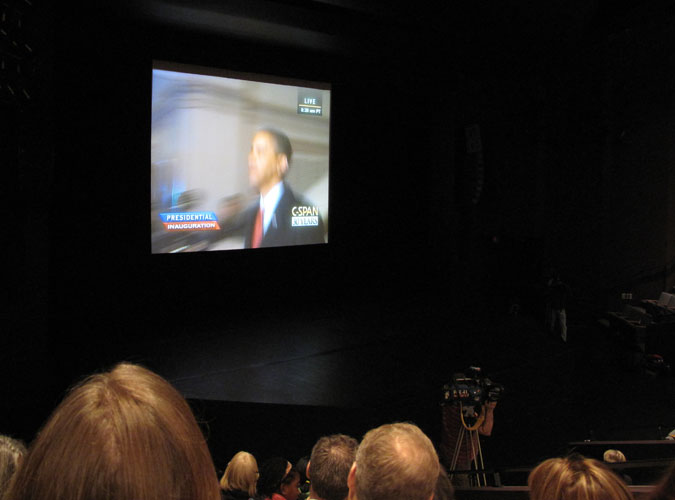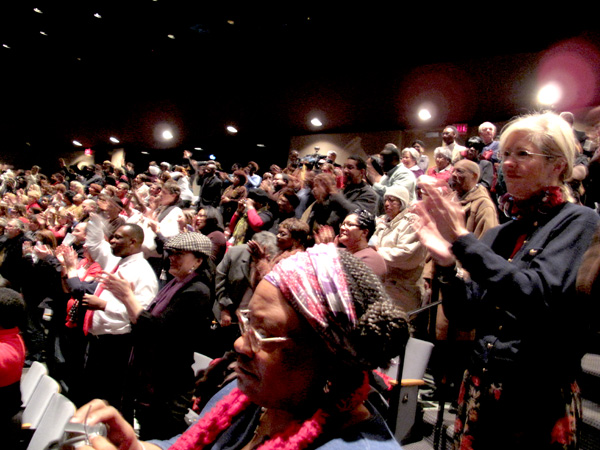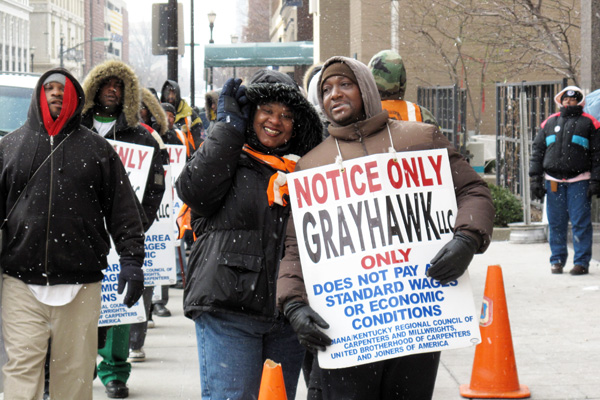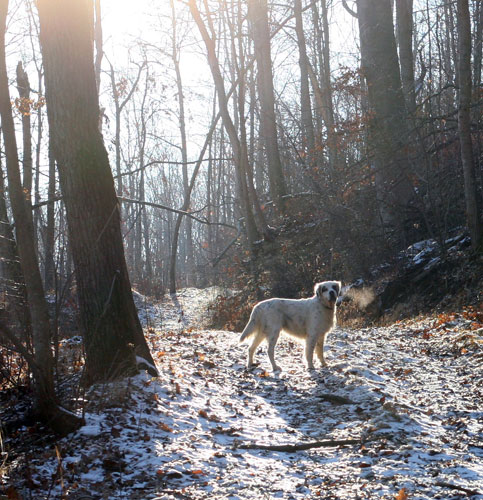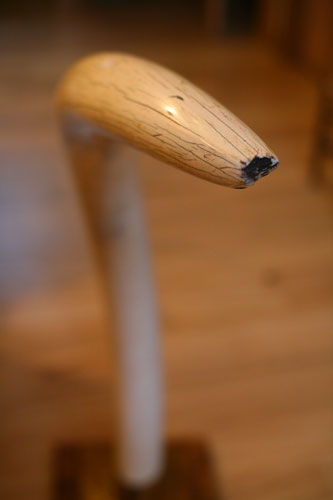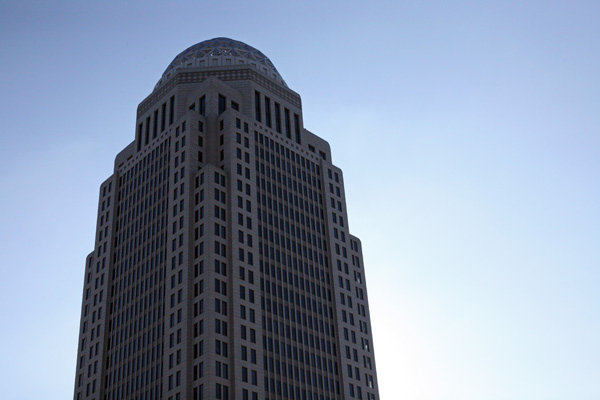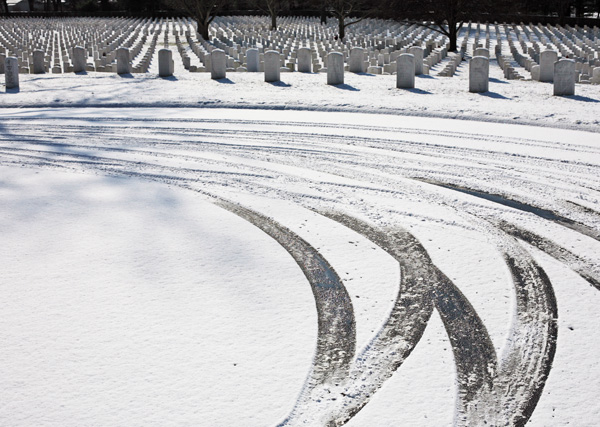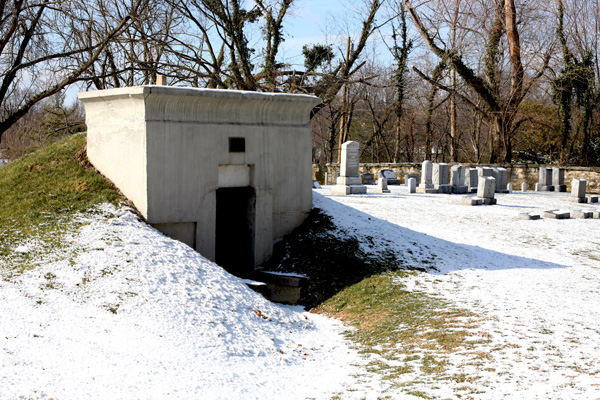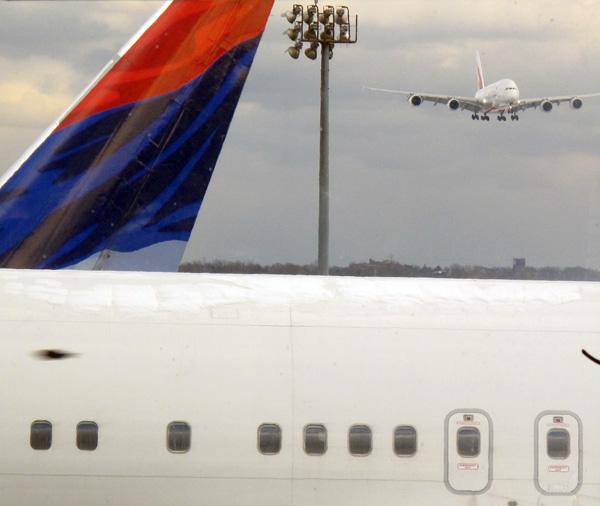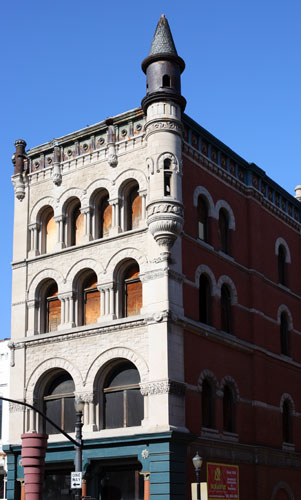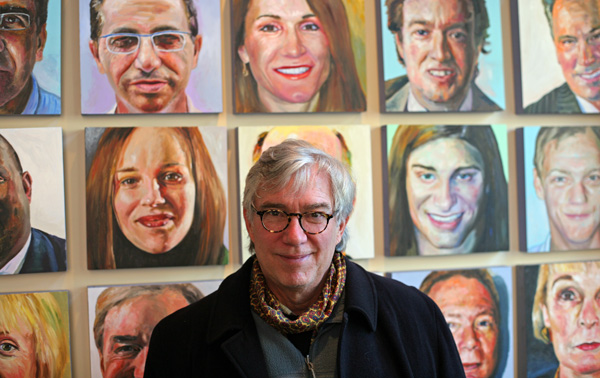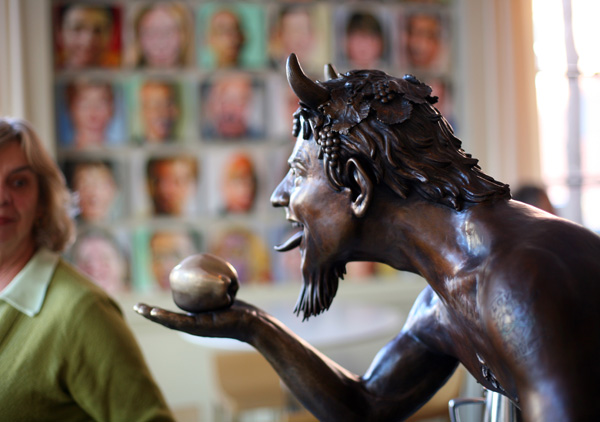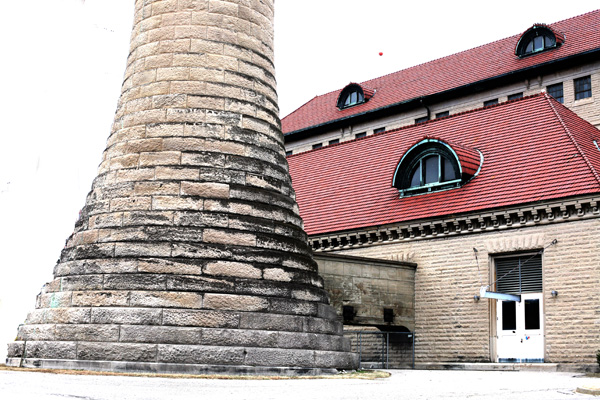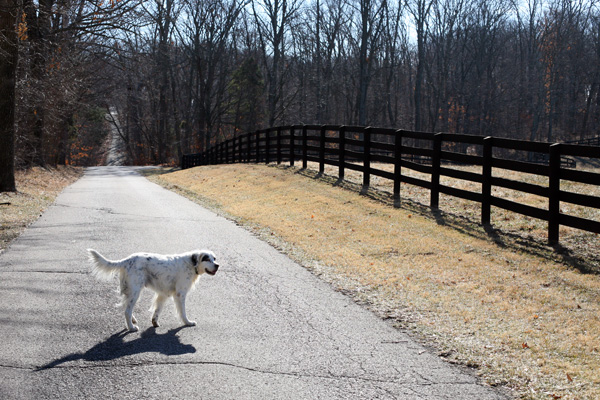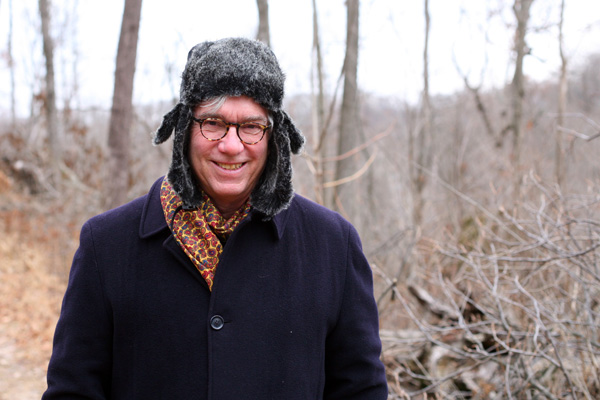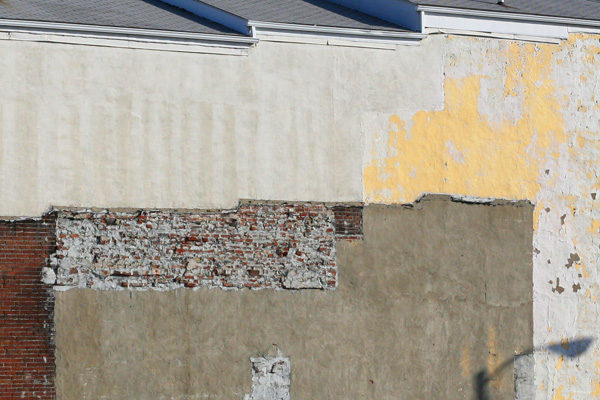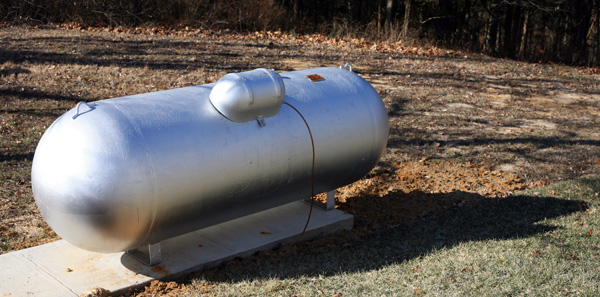
So the UFO brought me home from NYC and Louisville. I’m downtown at the Los Gatos Coffee Roaster. I’s so full in here today that I’m forced to take a table next to three people slinging buzzwords about teaching English online: “Metrics, outcomes, leverage, challenges, solutions, interactions, diagnostics, issues, gabble gabble gabble…”
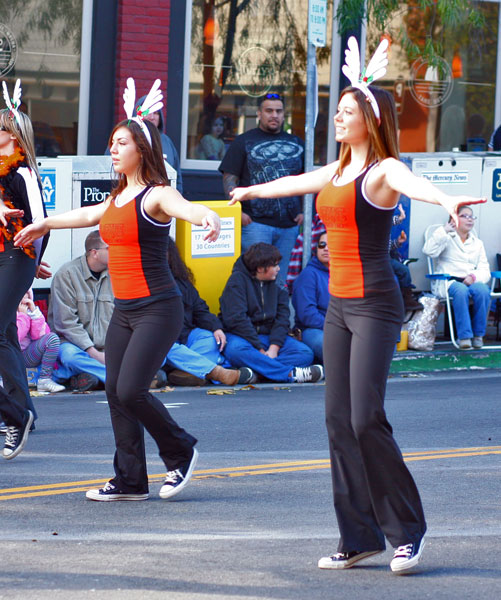
It’s a gray rainy day, kind of cozy. Nice to be in California again. It’s so much warmer here.
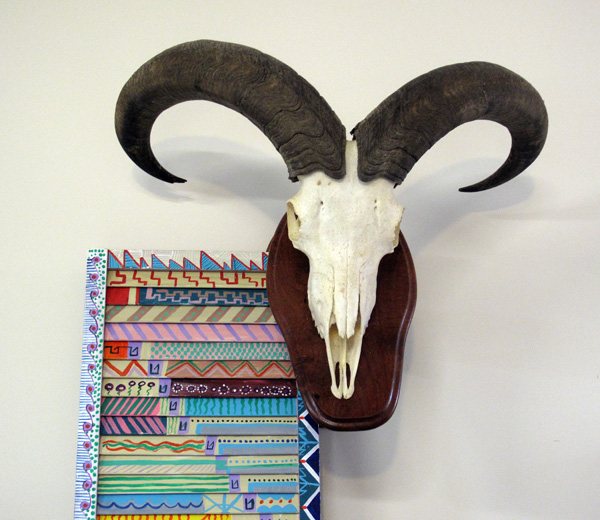
On the plane I was reading a book I borrowed from my brother Wanderings of an Elephant Hunter, written by the Englishman W. D. M Bell around 1923, and republished in 1989 by the Safari Press. The book has marvelous accounts of safaris through unknown lands, and of encounters with tribes who’ve never seen Europeans before. It’s fun to read about the excitement of geographical exploration, even if it is more than a little unsettling how many elephants Bell kills (for the ivory).
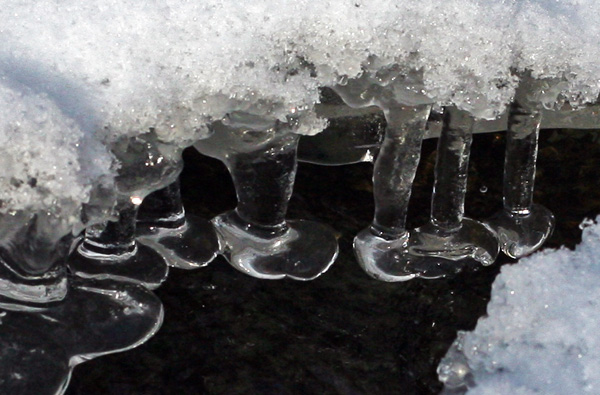
The safari personnel includes a “chronicler,” a native who composes an epic poem about the journey. Every evening, around the campfire, he recites the poem thus far—and adds a new verse. I like that.
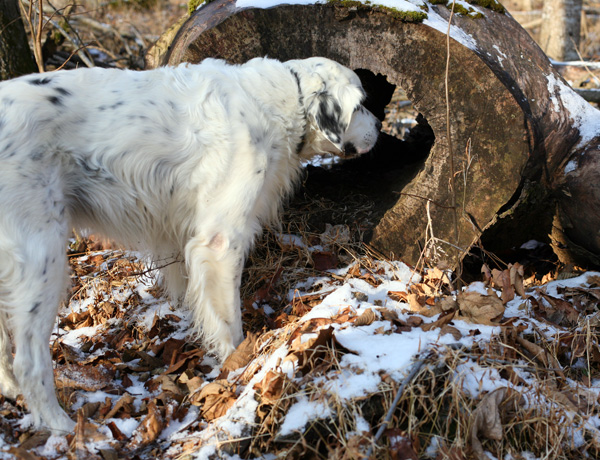
Before I left on my trip, I was working on starting a novel with working title Jim and the Flims. And I was stuck, unsure of where to go next. And now I’ve been gone so long that the whole idea of what I thought I was writing has pretty much left my head. Which is good, as now I can get a fresh start.
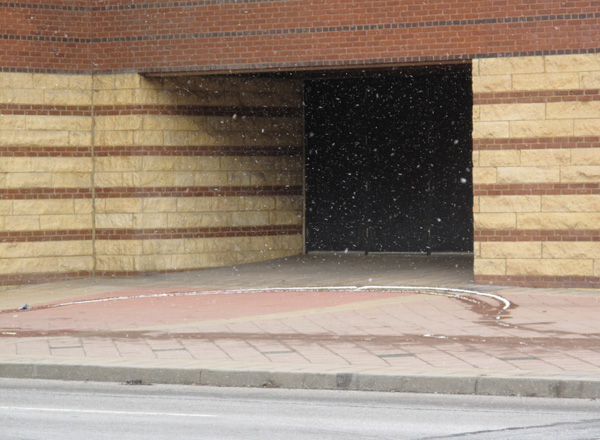
Today I’m leaning towards something more like a fantasy than like science fiction. And I might not bother with UFOs after all.
In the last two novels, Postsingular and Hylozoic, I pushed the science perhaps further than ever before. For my new novel, I’d like to try something different—both to make the task feel fresh and exciting, and perhaps also to attract a broader readership. So, as I say, I’m thinking of something a bit more like a fantasy, although more like The Twilight Zone or like Borges than like Tolkein.
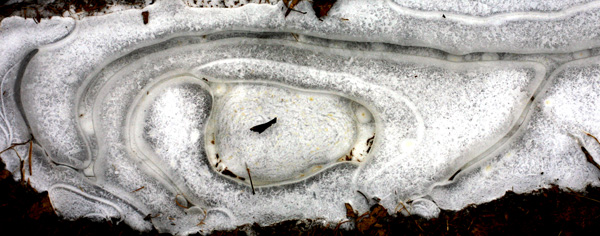
I like the notion of a “universe next door” scenario. The universe next door isn’t reached via an SF-style higher-dimensional hop to a separate brane, but rather by walking around the streets of one’s home town in an odd way, turning unexpected corners, cutting down heretofore unexplored alleys, and slowly the buildings take on an odd cast, and you see some unusual animals—not exactly dogs—around the corners.
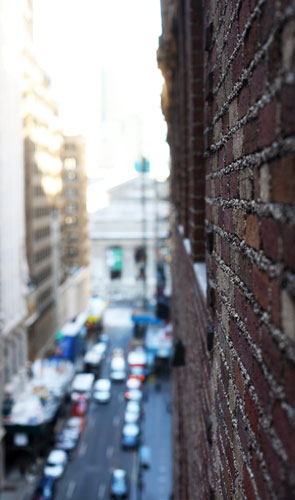
By the way, I get this mode of transfer from a Robert Sheckley story—”The Altar,” 1953, which appears in his epochal collection, Untouched By Human Hands , of 1954. In “The Altar,” the protagonist, Mr. Slater, is led into an alternate world by a stranger named Elor. They walk around and around the streets of Mr. Slater’s little suburban town, and somehow he ends up as the sacrificial offering at temple in the alternate world. Here’s how Sheckley writes the transition:

They walked down Oak Street, toward the center of town. Then, just as they reached the first stores, Elor turned. He led Mr. Slater two blocks over and a block down, and then retraced a block. After that he headed back toward the railroad station.
It was getting quite dark.
“Isn’t there a simpler way?” Mr. Slater asked.
“Oh, no,” Elor said. “This is the most direct. If you knew the roundabout way I came the first time—“
They walked on, backtracking blocks, circling, recrossing streets they had already passed, going back and forth over the town Mr. Slater knew so well.
But as it grew darker, and as they approached familiar streets from unfamiliar directions, Mr. Slater became just a trifle confused. He knew where he was, of course, but the constant circling had thrown him off…
Mr. Slater tried to place what street they were on without looking at the sign post, and then they made another unexpected turn. He had just made up his mind that they were backtracking on Walnut Lane, when he found that he couldn’t remember the next cross street. As they passed the corner he looked at the sign.
It read: Left Orifice.
Mr. Slater couldn’t remember any street in North Ambrose called Left Orifice.
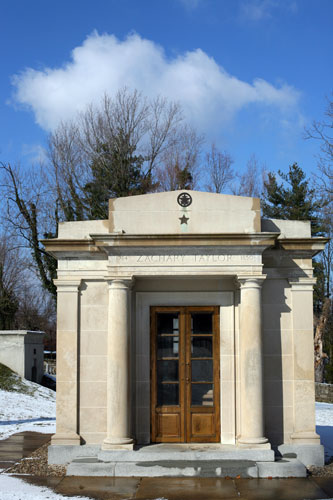
Sheckley is a spring of inspiration that never runs dry. I just found an interesting Sheckley page that has links to a number of his essays and stories online.
I still mourn that the King is dead…









